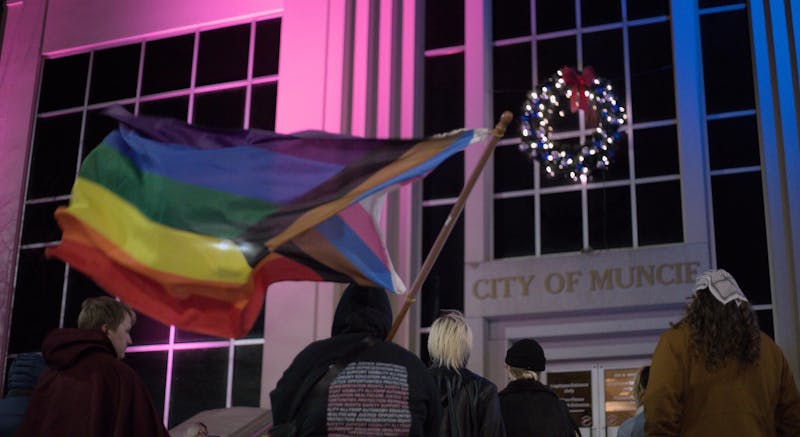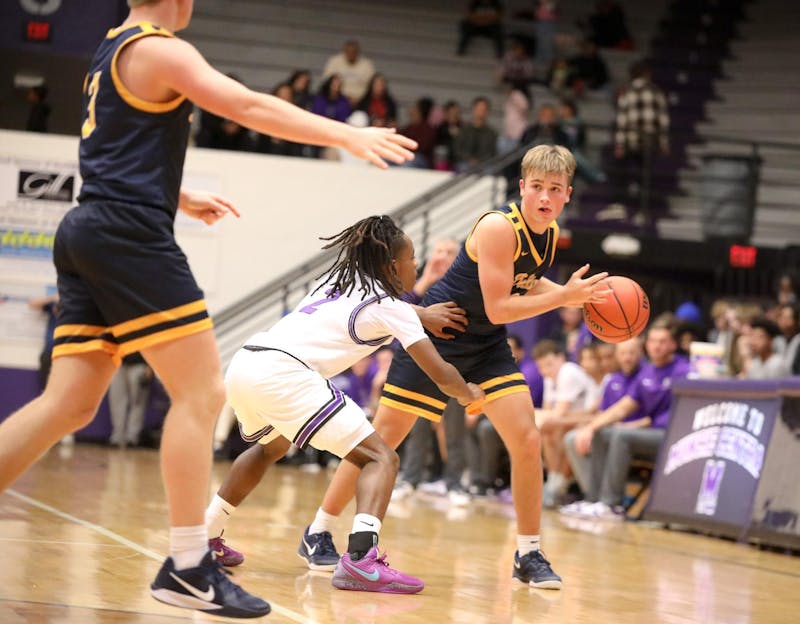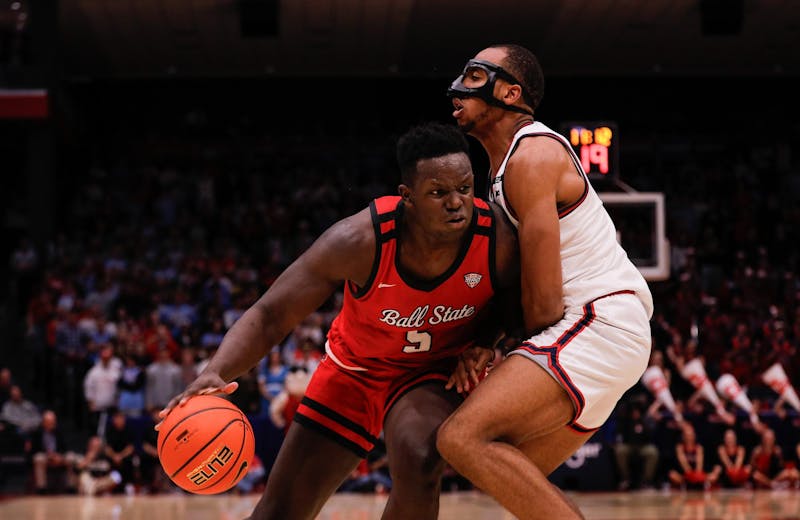“Let’s have a parade!” are the iconic words spoken as the ribbon is cut, indicating the beginning of Macy’s Thanksgiving Day Parade in New York City, featuring big helium balloons, floats, celebrity performances, Broadway stars, clowns, and the New York City Rockettes. The parade is a tradition not only for the city but for family and friends all across America.
The First Parade: The First Macy’s Christmas Parade
The first Macy’s Thanksgiving Parade happened during the roaring ’20s: a time of glitz and glamor, where vaudeville performers, flapper girls, and Ziegfeld's Follies were all the rage. During this time big stars became household names and department stores such as Macy’s were on the brink of expanding their stores to new heights. They hoped to use the holiday season to accomplish this. Thus, the first parade was held on Thanksgiving Day, November 27, 1924. Originally, the parade was intended to be a Christmas parade and named accordingly, “The Macy’s Christmas Parade,” but it wasn’t officially named “Macy’s Thanksgiving Parade" until 1927. The parade spanned the entire block of 145th Street and Convent Avenue in New York. At this first parade, some of the iconic floats we continue to see today were first displayed like, The Old Lady Who Lived in a Shoe, Little Red Riding Hood, and Little Miss Muffet. Along with the floats, the parade also featured real-life animals from the Central Park Zoo such as elephants and donkeys. And of course, the most recognizable float, Santa, was also featured at the first parade. He arrived just as he does today, at the end of the parade on his sled signifying the transition from Thanksgiving to the Christmas season. Macy’s used the publicity to unveil their in-store Christmas displays. The first broadcast of Macy’s Thanksgiving Day Parade was via radio in 1932. The first televised parade didn’t take place until 1942.
The first two years of the parade were surrounded by controversy as some people protested the event, citing reasons such as “it would interfere with Thanksgiving Day worship” and an inappropriate time for companies seeking a profit to hold a parade. The protests were large and attempted to warn the Macy’s company that if they did not acknowledge their frustrations they would fight to remove the company’s parade permit. Also, there was a city-wide vote to try and suspend or cancel the parade, but the efforts were unsuccessful, and the parade continued, per usual.
Floats and Balloons
Over the years, the parade has become known for its balloon floats such as SpongeBob SquarePants, Mickey Mouse, and Snoopy. However, these classic balloons weren’t always a feature of the parade. The balloons were added as part of a float called The Balloonatics float in 1927. The float featured a human behemoth, standing at 21 feet tall, a 60-ft-long dinosaur, and a 25-ft-long dachshund. When the festival was over, the balloons were not deflated but released into the air. Macy’s insisted on having a balloon race as they planned to keep them inflated even after the parade. To win, the balloon had to be at least 2,000 to 3,000 feet up in the air and the balloon that landed first would receive a $100 prize. In 1928, there were 5 balloons entered the race, a tiger, an elephant, a plumed bird, trailing worms, a ghost, and an early bird. And the winner was the tiger. The race became a tradition on its own and ran until 1932 when they had to stop as a result of a few dangerous incidents regarding the balloons catching in airplanes and almost crashing.
Heavy Lifting of the “Balloonatics”
It takes an army to get these balloons ready for the parade. First, the balloons are blown up. It takes about 90 minutes to inflate the balloons for the parade and roughly 90 people to blow up at least one giant balloon. In the early days of the parade, the balloons were brought in by horses, but that changed in 1939. Most of the balloons and floats are designed by artists employed by Macy's called the Balloonatics. These balloon artists would begin sketching out ideas for balloon designs, and then translate their designs into clay models to create casts for the balloons. The artists would then take their designs to the tech design team to scan their sketches of the balloon. Finally, the artists would cut out measurements of the fabric to create air chambers for the balloons. It could take up to at least a year for the balloons to be fully completed for the parade and takes up to 3,000 people to help blow up and deflate the balloons in the parade.
Fast-forward 96 years later
Even though there have been multiple parades celebrating Thanksgiving, The Macy’s Thanksgiving Day Parade has remained an intrinsic part of many Americans’ Thanksgiving Day traditions. Over 50 million people tune in to watch the parade at home, while more than 3.5 million people watch the parade live on the streets of Manhattan. This year’s parade will be no different in terms of audience size, with performances by Jordin Sparks and childhood favorites like Big Time Rush. Fan favorites like Stuart the Minion balloon and the Big Red Shoe float are complemented by marching bands, Broadway performances, and the legendary New York City Rockettes. Be sure to tune in this year on NBC at 9 am for the whole family to enjoy the holiday cheer!
Featured Image: NBC
Sources: Rockettes.com, History.com, Mentalfloss, Global Times, Disney, BBC, howstuffworks.com, Marching.com, Spotify, Spotify, NY Post, People, NBC
Contact Keeona Stewart with comments at krstewart@bsu.edu, @dance11keeona on Twitter, or @dance11keeona on Instagram.





The Daily News welcomes thoughtful discussion on all of our stories, but please keep comments civil and on-topic. Read our full guidelines here.